12 Nonverbal Cues Kids Give When They’re Overwhelmed
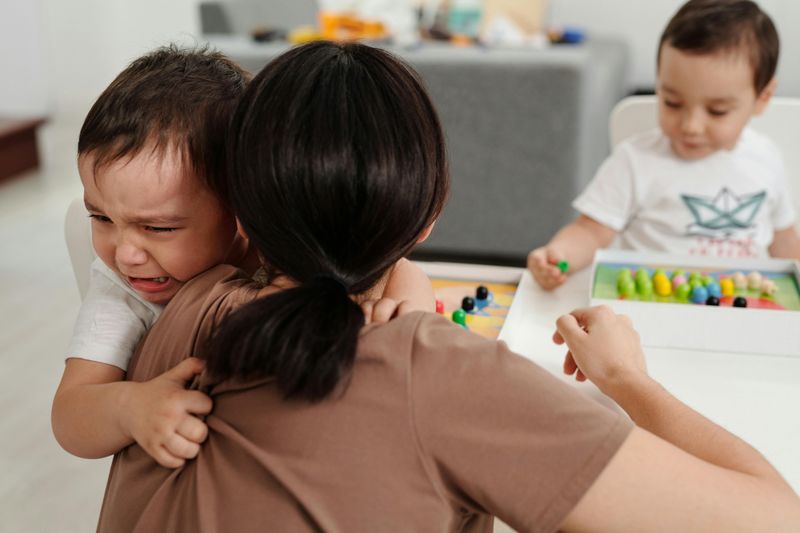
Kids don’t always say what they feel—but their bodies often shout what their words can’t. When a child is overwhelmed, stressed, or emotionally overloaded, they may speak volumes through clenched fists, darting eyes, or a sudden need to disappear behind a chair. These nonverbal cues are powerful whispers into their inner world, and learning to recognize them is like holding a secret map to their emotions. Whether you’re a parent, teacher, or caregiver, spotting these silent signals can help you respond with empathy before a meltdown begins. Here are 12 subtle, yet telling, signs that a child is overwhelmed.
1. Crossed Arms or Legs

When a child crosses their arms tightly across their chest or wraps their legs around each other, they’re building an invisible fortress. This protective posture often appears when they feel vulnerable or uncomfortable in their environment. It’s their body’s way of creating a barrier between themselves and whatever is causing stress.
Watch for this closed-off body language during social gatherings, difficult conversations, or after conflicts. Unlike adults who might cross arms casually, children typically adopt this stance with tension throughout their shoulders and neck. Offering a quiet space or gentle reassurance can help them feel safe enough to unfold.
2. Slumped or Tense Posture

A child’s spine tells stories their words cannot. Rigid, soldier-like stiffness signals they’re bracing against emotional storms, while a dramatic slump might mean they’re collapsing under invisible weight. Both extremes reveal a nervous system in distress.
Look especially at their shoulders – hunched up near their ears during tension, or drooping dramatically when overwhelmed by sadness or fatigue. Their normal bounce and flexibility disappears as muscles tighten in response to stress.
Encouraging gentle movement or offering a comforting touch on the shoulder can help release this physical manifestation of their emotional state.
3. Avoiding Eye Contact
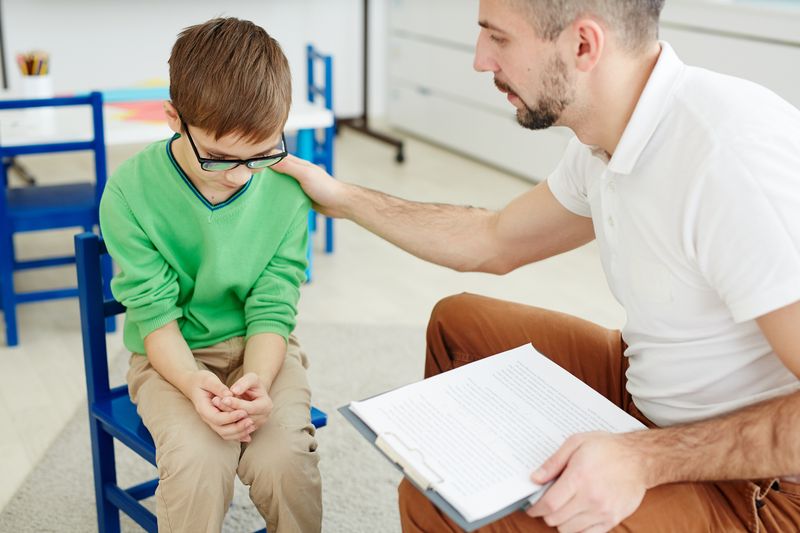
Those little eyes darting everywhere except your face aren’t being disrespectful – they’re seeking safety. When children feel overwhelmed, direct gaze becomes too intense, too vulnerable. Their averted eyes signal an emotional retreat, creating distance when words fail them.
For some kids, especially those with sensory sensitivities, eye contact can actually feel physically uncomfortable during stress. Their downcast eyes or sideways glances are self-protective mechanisms.
Rather than demanding “look at me,” try sitting side-by-side instead of face-to-face. This parallel positioning reduces pressure while still maintaining connection during difficult moments.
4. Furrowed Brows and Frowns
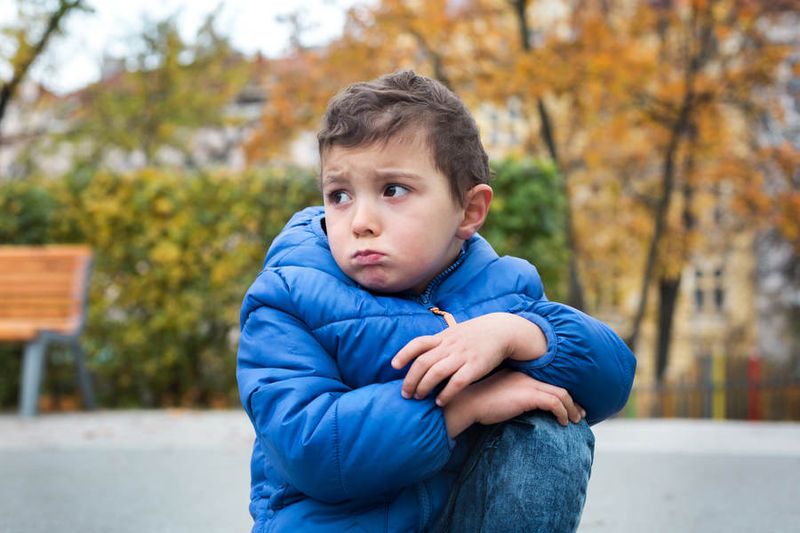
A child’s forehead speaks volumes when creased with worry lines that seem too mature for their young face. These facial contractions aren’t just expressions – they’re involuntary responses to internal distress. The muscles between their eyebrows pinch together as their mind processes complicated emotions.
Even the corners of their mouth tell a story, turning downward against their conscious control. Children often don’t realize their faces are broadcasting their feelings so clearly.
Gently mirroring their expression while asking “I notice you’re looking worried – can I help?” acknowledges their feelings without demanding they immediately verbalize complex emotions.
5. Clenched Fists or Tense Hands

Small hands balled into tight fists reveal big emotions brewing inside. Those white knuckles and rigid fingers aren’t preparing for a fight – they’re containing an emotional storm. This tension often starts in the hands before spreading throughout the body.
Some children unconsciously curl their fingers or press their palms flat against surfaces with surprising force. Others might repeatedly open and close their hands as if trying to grasp control of their feelings.
Offering something tactile like a stress ball or guiding them through hand-stretching exercises provides physical release for emotional pressure, helping their nervous system regulate before words can flow again.
6. Fidgeting and Repetitive Movements

That pencil tapping isn’t defiance – it’s a pressure valve releasing excess energy. Repetitive movements like rocking, hair twirling, or foot bouncing help children regulate their overwhelmed nervous systems. These motions create rhythm that soothes their overstimulated brains.
For many kids, these movements aren’t conscious choices but automatic responses when emotions or sensory input becomes too intense. The repetition provides predictability in a world that suddenly feels chaotic.
Unless the behavior is harmful, allowing these movements gives children a physical outlet while they process complex feelings. Fidget toys can provide similar relief while being less disruptive in settings like classrooms.
7. Nail-Biting and Lip-Chewing

Those gnawed fingernails and chewed lips aren’t just bad habits – they’re self-soothing techniques children instinctively use when anxiety bubbles up. The rhythmic oral stimulation activates the parasympathetic nervous system, creating a calming effect during stress.
Watch for these behaviors intensifying during transitions, social challenges, or performance situations. Many children don’t even realize they’re engaging in these behaviors until someone points it out.
Rather than scolding, offer alternative oral comforts like sugar-free gum, water bottles with chewy straws, or crunchy healthy snacks. These substitutes satisfy the same sensory need without damaging skin or creating social embarrassment.
8. Silent Tears and Deep Sighs

Sometimes overwhelming emotions leak out through quiet tears that slide down cheeks without dramatic sobs. These silent tears often catch parents by surprise – appearing suddenly during seemingly calm moments when a child reaches their emotional capacity.
Similarly, those heavy sighs – the ones that seem to come from their very core – signal emotional fatigue rather than boredom or attitude. Their bodies release tension through breath when words cannot express their feelings.
Acknowledge these subtle signals with gentle understanding: “I see you’re having big feelings right now. I’m here whenever you’re ready to talk.” This validation creates safety without demanding immediate verbal processing.
9. Physical Retreat or Hiding
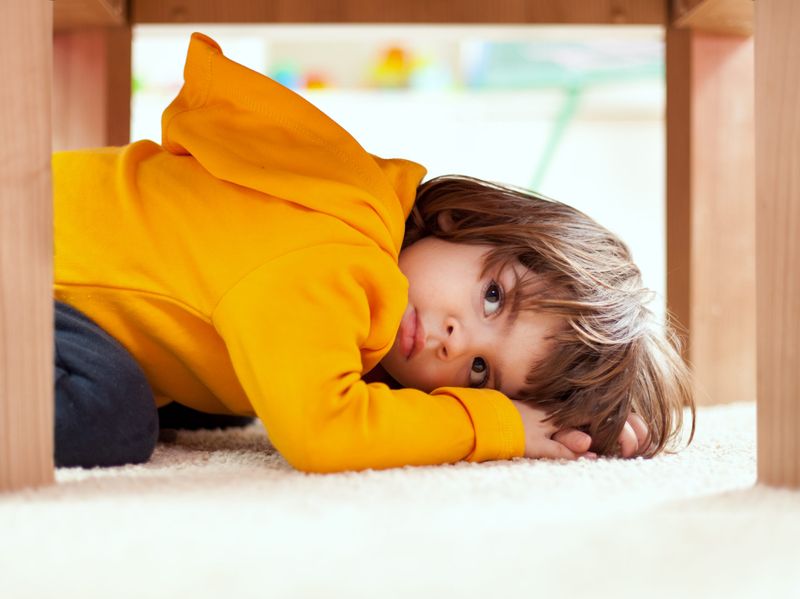
Finding your child curled under blankets or squeezed into a closet corner isn’t just play – it’s their instinctive search for safety. This physical withdrawal happens when their environment feels too big, too loud, or too emotionally demanding. Their retreat isn’t rejection; it’s self-preservation.
Some children literally back away from stressful situations, pressing themselves against walls or behind furniture. Others create impromptu hiding spots with whatever materials are available.
Respect these boundaries while ensuring safety. Creating designated calm spaces with pillows, blankets, or small tents gives overwhelmed children permission to self-regulate without shame or fear of being forced back into overwhelming situations before they’re ready.
10. Zoning Out or Staring Blankly
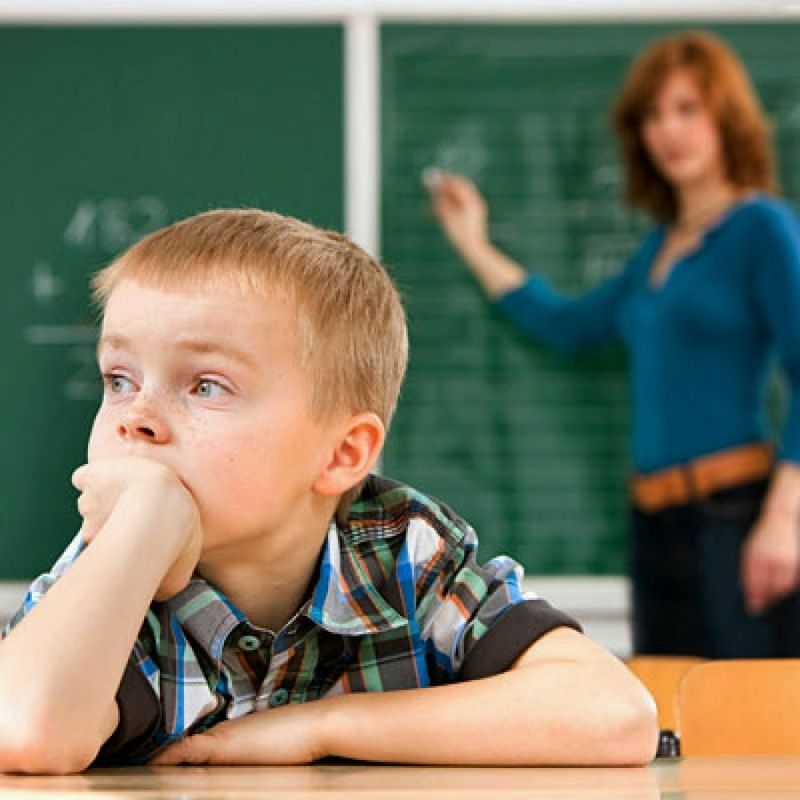
That vacant stare isn’t daydreaming or defiance – it’s your child’s brain temporarily disconnecting when reality becomes too overwhelming. This mental checkout serves as a protective mechanism, similar to a circuit breaker tripping to prevent electrical overload.
During these moments, children may appear physically present but mentally elsewhere. Their responses become delayed or automatic, and their usual spark dims noticeably.
Gently reconnect through sensory input – a light touch on the arm, speaking their name softly, or changing the environmental stimulation. Recognize that this dissociation means they’ve reached capacity and need help returning to a regulated state before any productive learning or interaction can continue.
11. Monotone or Shaky Voice
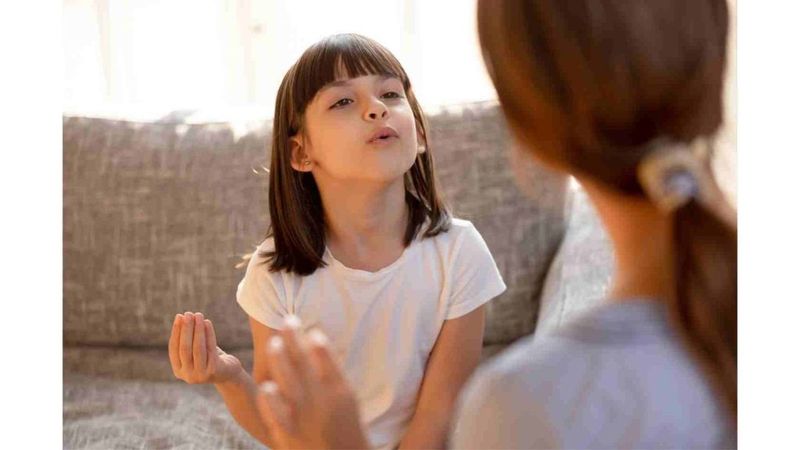
Listen closely to the music of your child’s voice – when its natural melody flattens into robot-like monotone or trembles like autumn leaves, emotional overwhelm has affected their vocal control. This voice change often precedes more obvious signs of distress.
Stress hormones directly impact vocal cords and breathing patterns. Children may speak more quietly, with unusual pauses, or with a higher pitch than normal when their nervous system is in fight-or-flight mode.
Respond by matching your own voice to a calm, measured tone. Avoid asking complex questions during these moments – simple choices or gentle reassurance works better until their nervous system settles enough for their natural voice to return.
12. Unusual Physical Proximity
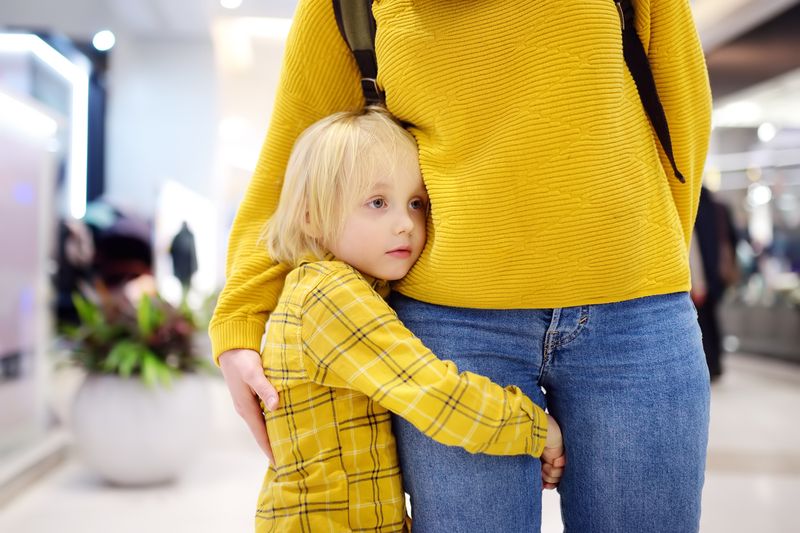
The distance a child keeps tells emotional stories their words cannot. Suddenly clinging like a koala to your leg might signal anxiety about separation or environmental threats. Conversely, a child who normally enjoys cuddles but now keeps unusual distance may be overwhelmed by sensory input or emotional confusion.
These proximity shifts happen unconsciously as their bodies seek either comfort through connection or relief through space. Pay attention to these changes from their baseline behavior.
Honor their nonverbal request by either providing the physical reassurance they’re seeking or respecting their need for personal space. Following their lead on physical closeness helps them regain emotional equilibrium and trust their own instincts about personal boundaries.

Comments
Loading…